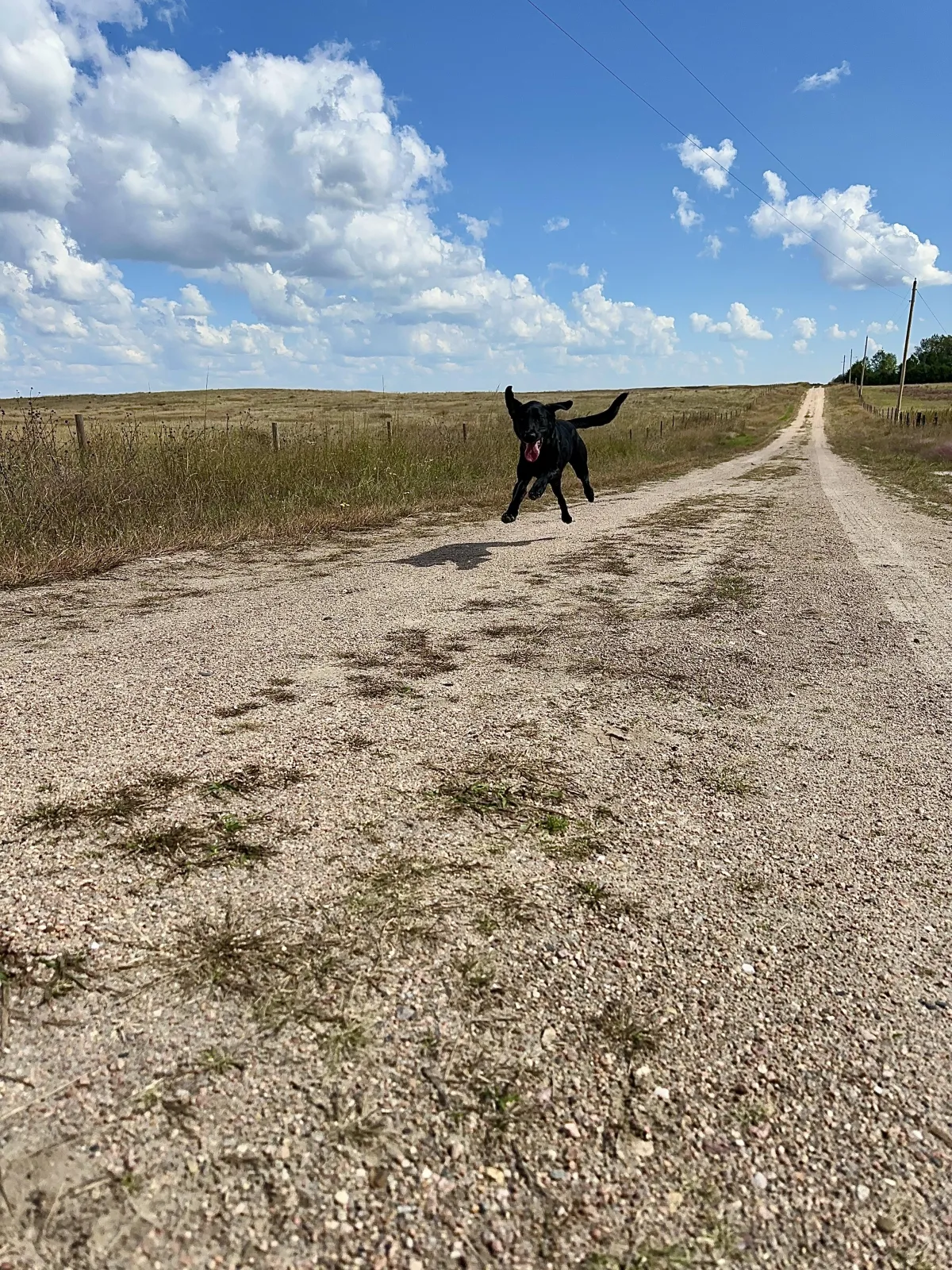
Video as a Teacher in Detection Dog Training Post
Why Video is the Handler’s Most Honest Teacher

Video as a Teacher in Detection Dog Training
Introduction: The Reluctance to Hit Record
There’s really no reason not to video your work in the field with your dog. And yet, so many Handlers hesitate. The most common pushback I hear is: “I can’t video my dog — I’ll get killed in court.”
Let’s get this straight up front: I’m not a lawyer, and I don’t make legal recommendations. If you’ve got questions about admissibility or evidence, ask someone with a law degree.
What I am is a teacher and a coach. And from where I stand, video is a gift. It slows down the chaos of a search, puts a spotlight on details you’d never catch in the moment, and holds up a mirror you can’t argue with.
Yes, it can feel vulnerable. Yes, it can sting when the video shows that you, not the dog, made the mistake. But that’s where the learning lives. If you’re serious about becoming excellent, prove it. Hit record. Lean into the truth. Video won’t lie to you — and that’s exactly why it works.
Why Memory Isn’t Enough
We all want to believe we remember training sessions accurately. But neuroscience proves otherwise: memory is not a video recorder, it’s a reconstruction.
Recent studies show that memory is prone to distortion and often reshaped by context, bias, or post-event suggestion. In fact, research shows memories often blend fact with inference — filling in gaps with “best guesses” that feel real. Other findings show that even visual memory itself is warped by expectations and category structures — we don’t just misremember details, we literally mis-shape what we believe we saw.
Translation? You’re not as accurate as you think. You replay the set in your head and smooth over the leash check you gave. You “remember” that the dog blew past odor when, in fact, your body pressure pushed them off.
Video doesn’t play that game. It shows the truth, frame by frame, whether you like it or not.
Six Lessons Video Teaches Us About Search Strategy
1. Video Magnifies the Unseen
You think you saw everything out there? Nope. Real-time handling is a blur — you’re juggling leash, terrain, odor, and your own nerves. Video doesn’t juggle. It shows the truth: every tail flick, every bracket turn, every micro-hesitation. Those little moments are the breadcrumbs of Search Strategy. Miss them, and you’re missing the map.
2. Dogs Remind Us of Joy
When you’re locked on grids and coverage, you forget the most important thing: your dog is having the time of their life. Video throws that joy back in your face — the bounce in their step, the wag, the sheer thrill of the hunt. Joy isn’t fluff. Joy is stamina. Joy is accuracy. Joy is strategy.
3. Our Influence is Stronger Than We Think
Think you’re “hands off”? Video begs to differ. The raised leash, the shoulder lean, the step that crowds your dog — you’re not as neutral as you think. And guess what? The dog feels every ounce of it. A strong Search Strategy isn’t about proving you’re in control. It’s about shutting up, backing off, and letting the dog lead.
4. Odor and Distraction Can Look the Same
To your dog, a cheeseburger wrapper or critter trail can light up almost like human remains. And to you? In the moment, it all looks the same. Video forces you to slow down and study the difference. This is where sharp Handlers separate “odor” from “noise.” Strategy lives or dies on that call.
5. Shared Language Strengthens Strategy
Bracketing. Fish hooks. Final response. Change of behavior. These aren’t just geeky training words — they’re landmarks. When you and your peers can name what you see on video, you’re not just talking. You’re building clarity. And clarity builds confidence — in yourself, in your dog, and in your team.
6. Curiosity Over Certainty
The weakest strategy is the one that calls odor too soon. The strongest? The one that waits. Video trains patience. It reminds you that the best Handlers don’t rush to prove they’re right. They stay curious, they observe, and they let the dog’s final response write the ending.
Leaning Into Vulnerability
For many Handlers, the hardest part about video is vulnerability. “I don’t want to see myself mess up.” “My team doesn’t like being filmed.” “I’m worried about looking bad.”
Let me tell you: your dog shows up honestly every single time they hit the field. Can you say the same? Vulnerability is where growth begins. Lean into it. Laugh at it. Own it. Because nothing will grow you faster than seeing yourself on screen and deciding to do better next time.
Practical Ways to Use Video
Let’s be honest: the number one excuse I hear is, “I don’t have the setup.” Please. If you can scroll Instagram, you can record your dog. It’s not about fancy gear — it’s about willingness.
Start simple. Hand your phone to a friend and say, “Film this.” Done.
Tripod magic. A $20 tripod is the best training partner you’ll ever buy. Set it, forget it, and get the wide-angle truth.
Level up if you want. GoPro, body cam, or meta glasses — sure, they’re cool. But don’t tell me you can’t learn until you’ve spent $400. If you’ve got a good dog, you’ve already invested. Don’t get stingy now.
Rewatch with purpose. The point isn’t just to hit play. Slow it down. Watch your leash hand. Watch your dog’s nose. Narrate it. Tear yourself apart. That’s how you rise.
Video isn’t about the gear. It’s about guts. It’s about choosing honesty over ego. Every single recording is a mirror — the only question is whether you’re brave enough to look.
Reality vs. Narrative
Here’s the uncomfortable truth: we’re all storytellers. After a training set, your brain spins a neat little narrative: “The dog missed that corner.” “I was solid on that grid.” Except… maybe that’s not what actually happened.
Memory is slippery. Research shows that recall is often a blend of fact and inference, easily bent by emotion, suggestion, or later discussion. Other findings show that even object and feature memory can be distorted by category and expectation — what we think we saw isn’t always what we actually saw.
Video slices right through that nonsense. It doesn’t care about your ego. It doesn’t bend to your excuses. It just shows what happened, frame by frame. And when you see it on screen, you can’t argue.
That’s why video is such a brutal, beautiful truth tool. It liberates you from the stories your mind wants to tell you. It forces your ego back in the corner and demands reality. And that reality — messy, humbling, sharp — is exactly where growth begins. Without it, you’re just polishing excuses and calling it training.
A Call to Action: Record, Review, Rise
So here’s the challenge. If you’re serious about becoming excellent, stop making excuses.
Record your searches.
Watch them back once silently, focusing only on the dog.
Watch again, narrating out loud what you see moment by moment.
Ask yourself: Where did the dog’s natural strategy take them? Where did my influence help — or hurt?
This habit is simple, but it will transform your Search Strategy. It builds awareness, sharpens your decisions, and deepens your trust in the dog.
Conclusion: Video as Teacher
Video is more than review. It is a teacher, a truth-teller, and a partner in your journey. It magnifies the unseen, highlights joy, exposes influence, sharpens distinctions, builds language, and cultivates curiosity.
Every search you record becomes a lesson waiting to be studied. Every moment you watch back becomes a chance to rise.
If your dog shows up honestly, so should you.
Video is not just a tool. It is a teacher. And if you let it, it will make you better.
Sources & Further Reading
Loftus, E. F. (2005). Planting misinformation in the human mind: A 30-year investigation of the malleability of memory. Learning & Memory.
Wang, Q., & Gutchess, A. (2023). Cognitive and neural mechanisms of false memories. Frontiers in Psychology.
Schacter, D. L., & Addis, D. R. (2020). Memory as reconstruction: New insights from cognitive neuroscience.
Bainbridge, W. A., et al. (2024). Object-feature memory is distorted by category structure. Open Mind, MIT Press.
Tripp, T. R., & Rich, P. J. (2012). Using video to analyze one’s own teaching. British Journal of Educational Technology.
Ericsson, K. A. (2006). The Cambridge Handbook of Expertise and Expert Performance.
